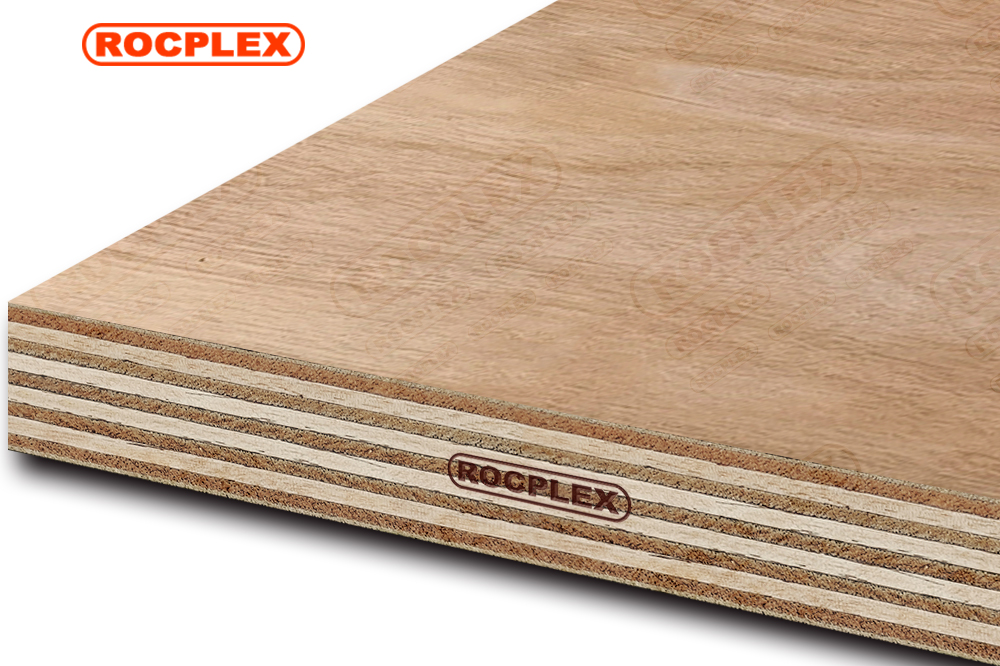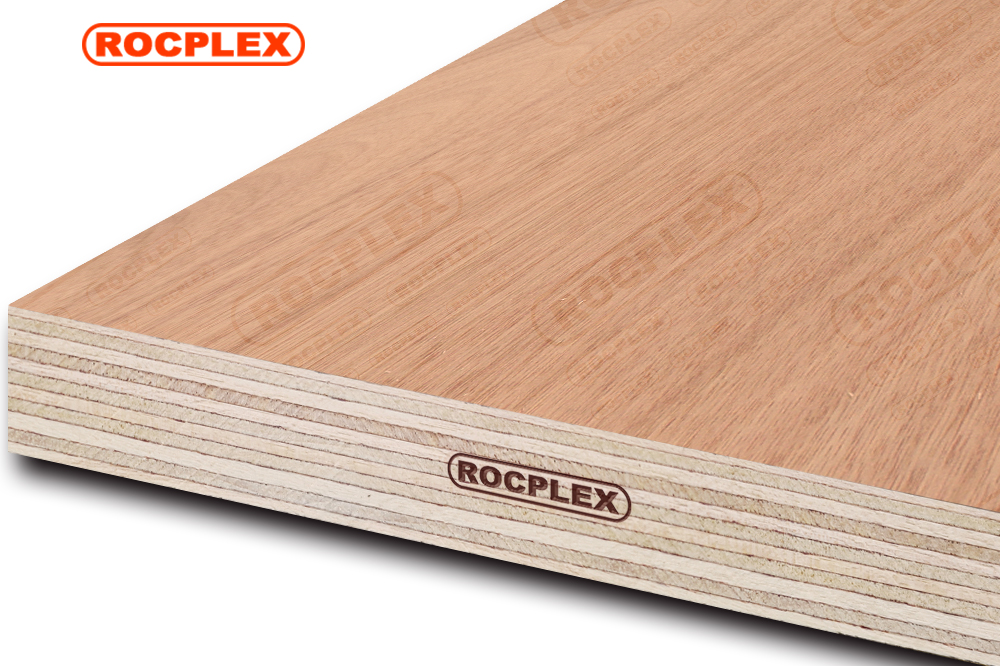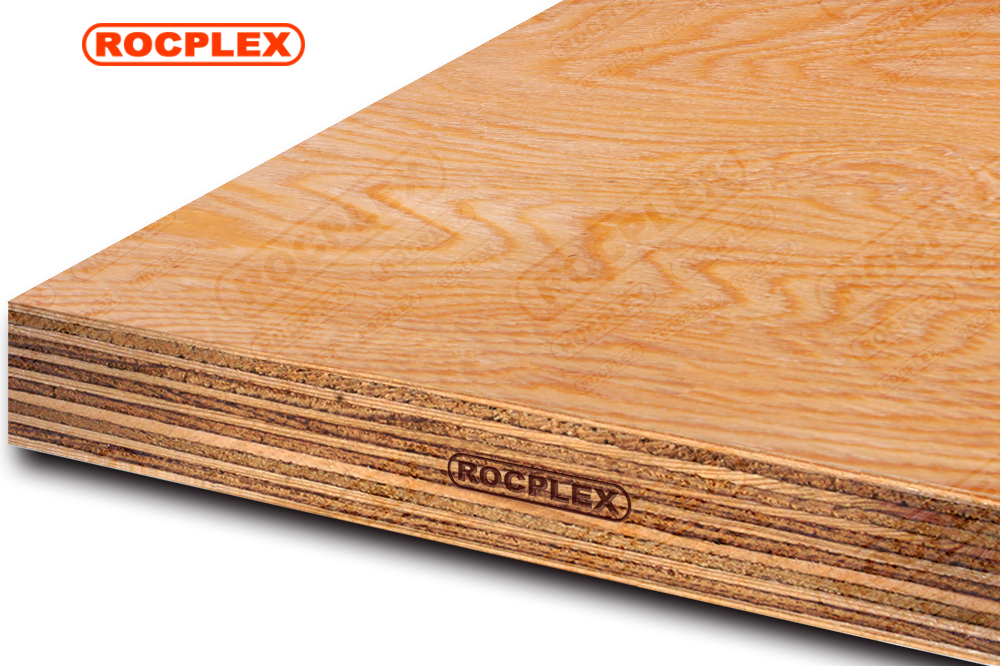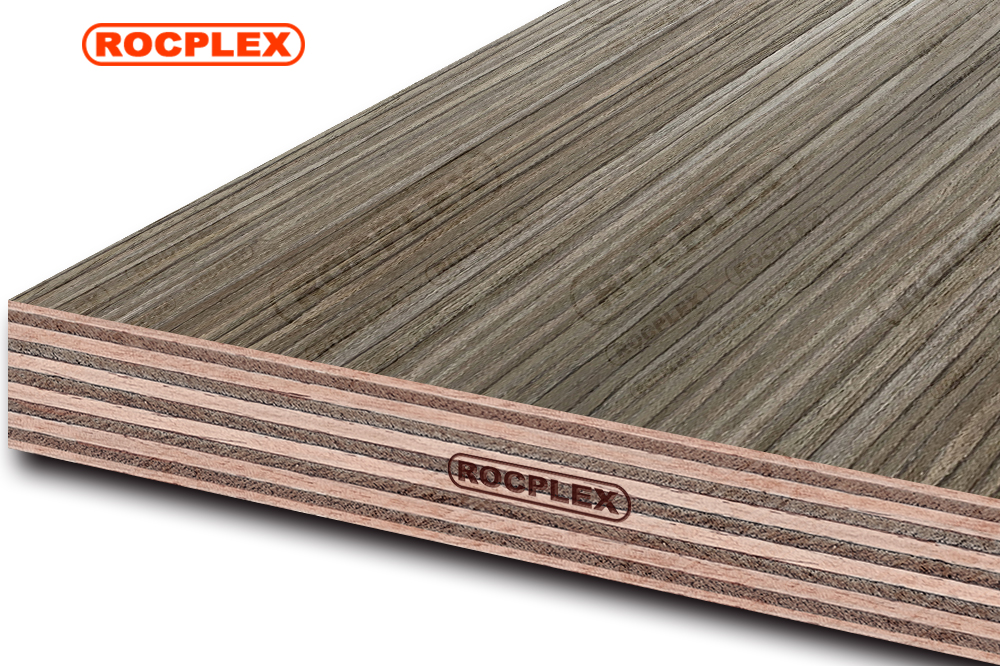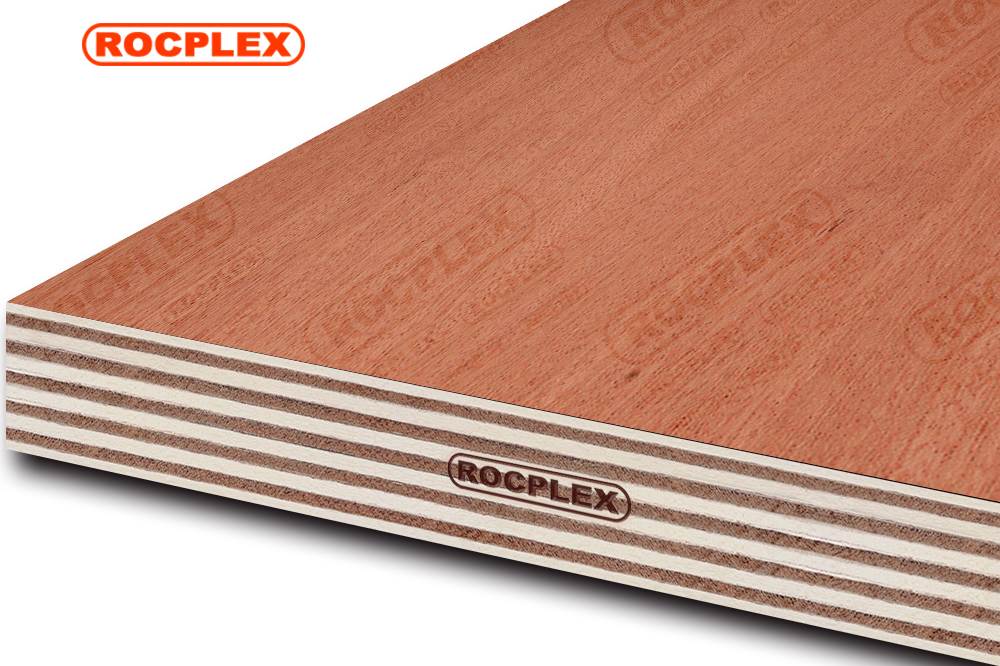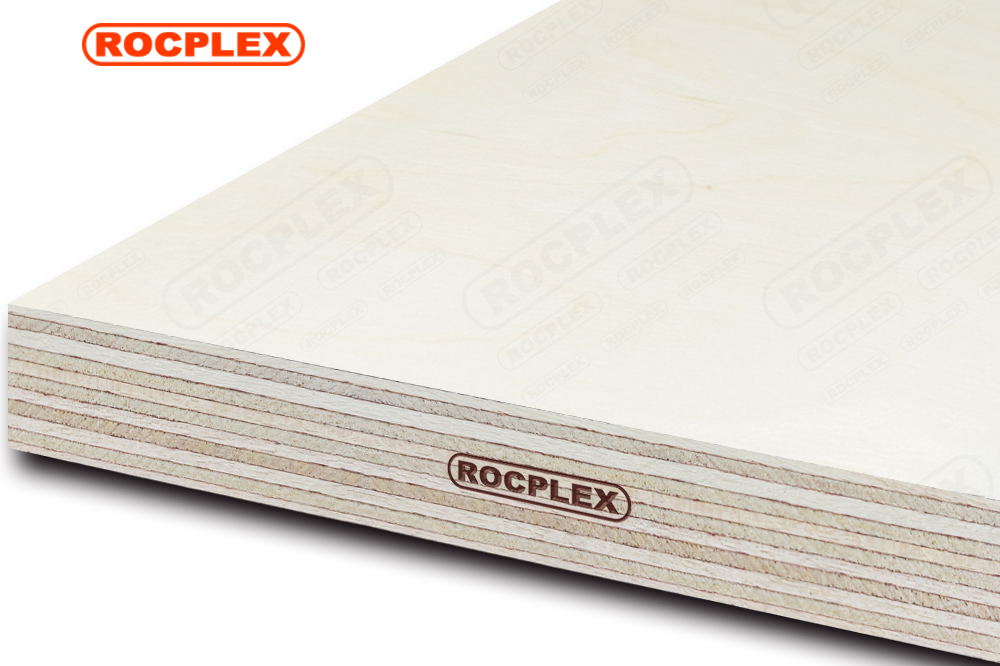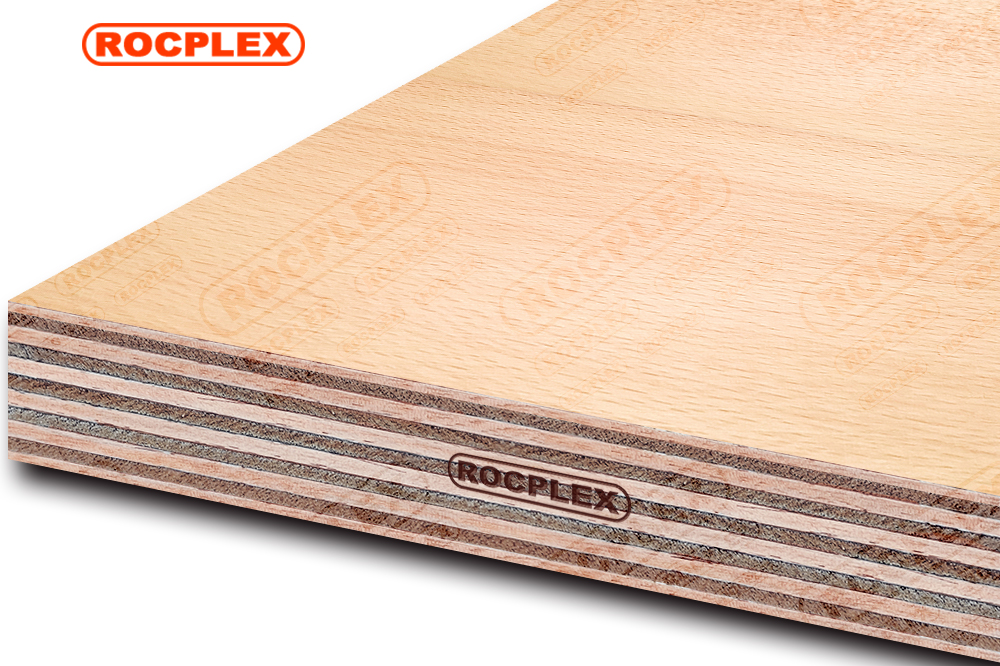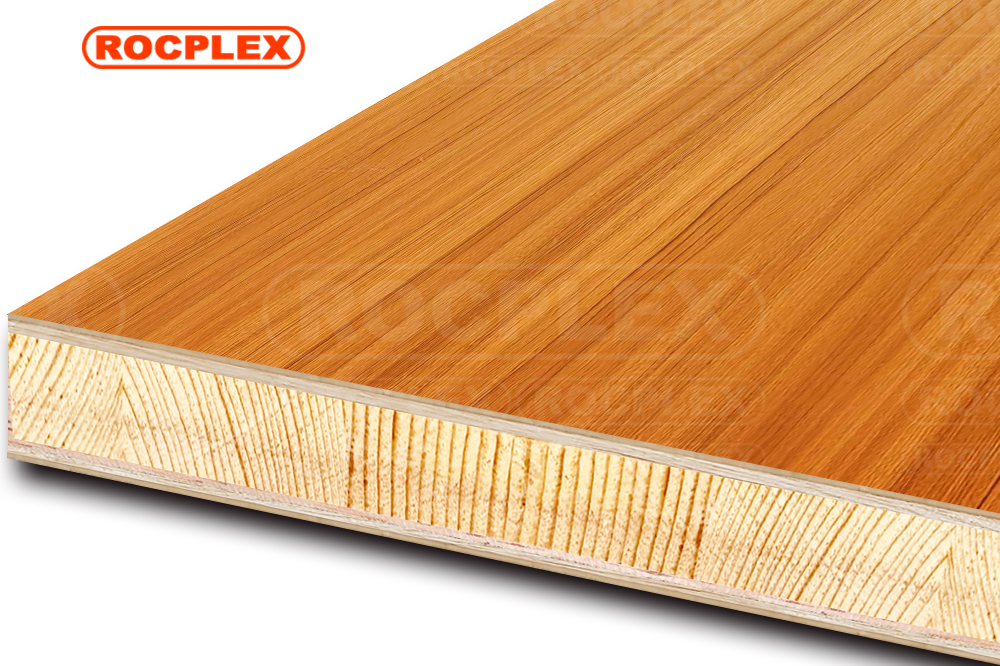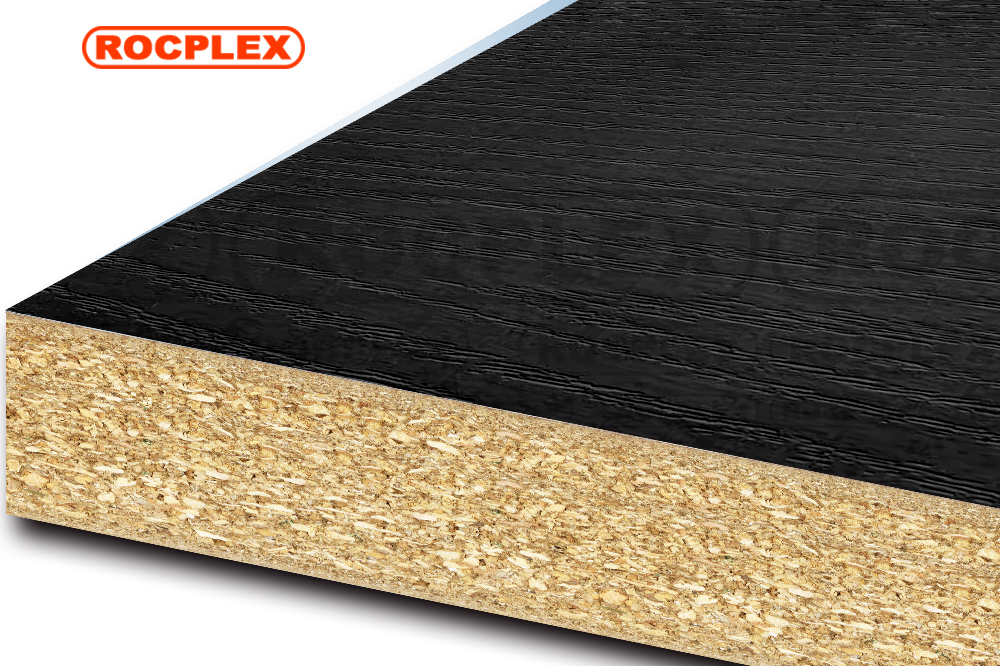HOUSES / CUPBOARD USE timber include plywood, chipboard, MDF or melamine board.
Board materials play a crucial role in constructing homes and cupboards. Plywood, chipboard, MDF, and melamine board are popular choices, each with unique properties and applications.
Plywood Composed of multiple layers of wood veneer, plywood offers excellent strength, stability, and resistance to moisture. It’s widely used in home construction for walls, flooring, and roofing, as well as in cupboards and cabinetry.
Chipboard Made from wood chips and adhesive, chipboard is an affordable and lightweight option. It’s commonly used for cupboard carcasses and shelving, but it’s less resistant to moisture than plywood or MDF.
MDF (Medium Density Fiberboard) Constructed from wood fibers and resin, MDF is a versatile and durable material. Its smooth surface and consistent density make it ideal for painting and veneering. MDF is often used in cupboards, cabinetry, and furniture.
Melamine Board Melamine board is made from either MDF or chipboard with a melamine-coated surface. This coating offers a wide range of colors and finishes, providing an attractive, low-maintenance option for cupboards and furniture.
Choosing the Right Board Material
Consider the following factors when selecting a board material for your home or cupboards:
- Durability: Plywood and MDF are more durable than chipboard, providing better resistance to moisture and wear.
- Cost: Chipboard and melamine board are often more affordable than plywood or MDF, but may require replacement more frequently.
- Aesthetics: Melamine board offers various colors and finishes, while plywood and MDF can be painted or veneered for a customized look.
- Weight: Chipboard is generally lighter than plywood and MDF, making it easier to handle and install.
- Environmental Impact: Plywood is considered more eco-friendly due to its use of natural wood veneers, while MDF and chipboard use adhesives that may release formaldehyde.
Selecting the appropriate board material for your home or cupboards depends on factors like durability, cost, aesthetics, and environmental impact. By considering these factors, you can choose the right material for your specific needs, ensuring a functional and attractive outcome.



